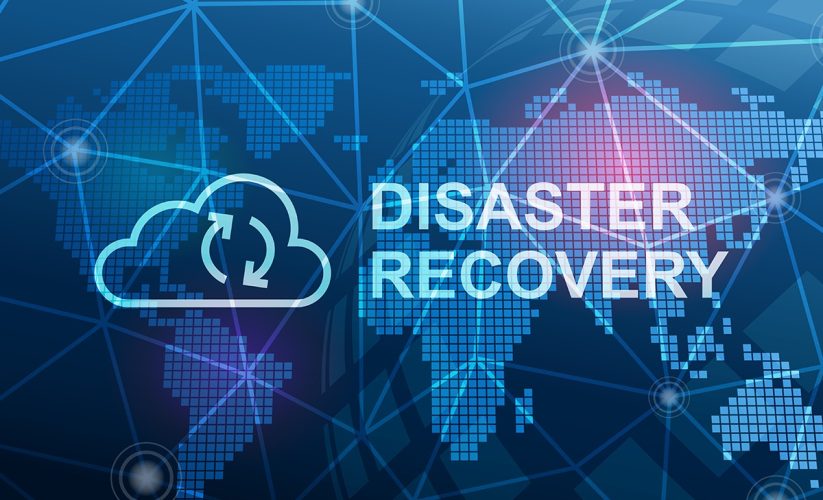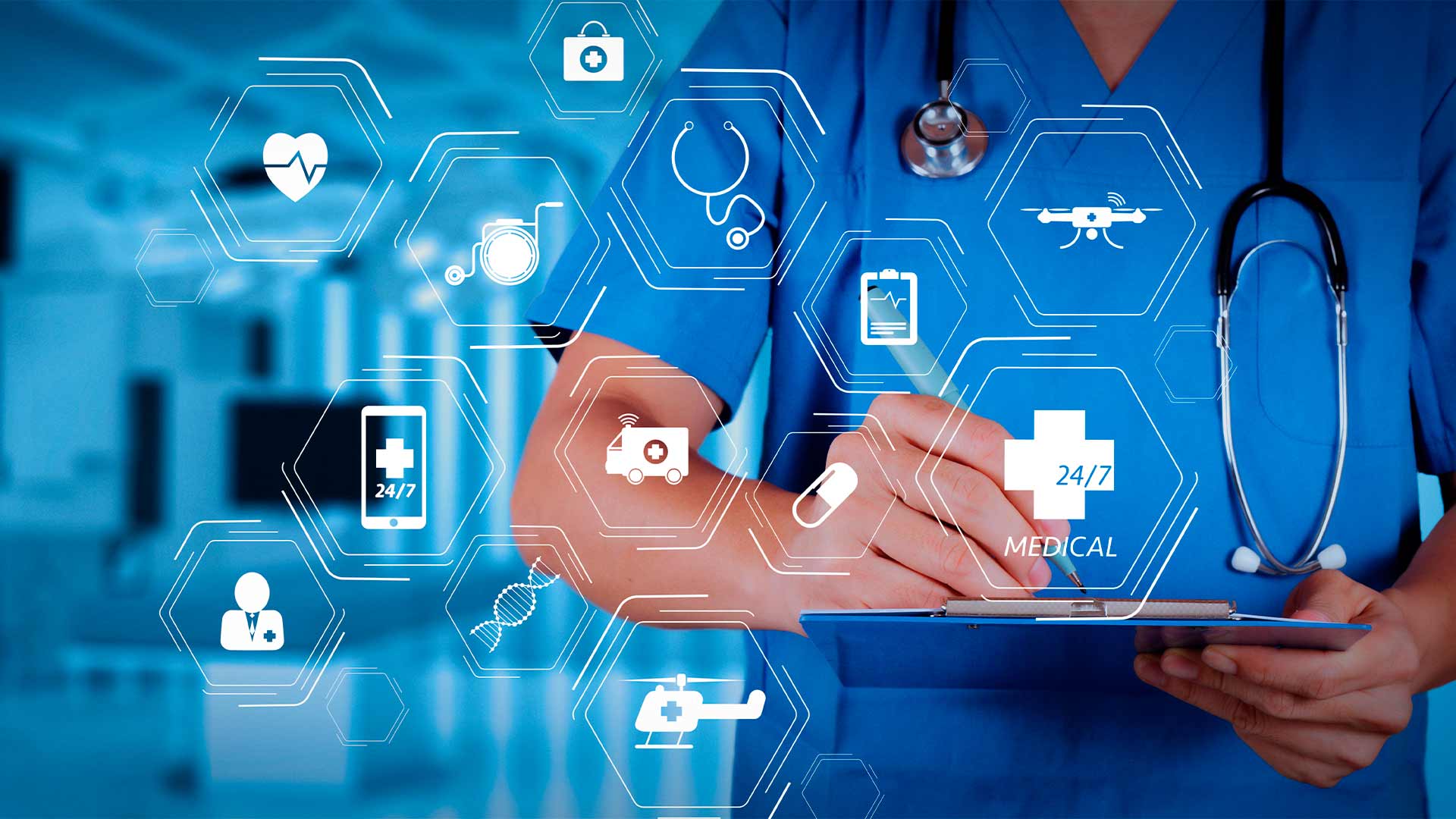
The Future of Healthcare IT: Emerging Trends and Technologies
Introduction
The landscape of healthcare IT is undergoing a radical transformation driven by advancements in technology, regulatory changes, and the increasing demand for enhanced patient care. As healthcare organizations strive to improve efficiency and patient outcomes, they are turning to innovative solutions that leverage data, connectivity, and automation. A critical component of this evolving landscape is the role of Firewall Management Services, which ensure the security of healthcare data as organizations adopt new technologies. This article explores the emerging trends and technologies in healthcare IT and highlights how firewall management services are integral to securing these innovations.
Key Emerging Trends in Healthcare IT
1. Telehealth Expansion
The COVID-19 pandemic accelerated the adoption of telehealth services, allowing patients to receive care remotely. As telehealth becomes a standard part of healthcare delivery, organizations are investing in robust IT infrastructure to support video consultations, remote monitoring, and secure communication.
Benefits of Telehealth:
- Increased Access to Care: Patients in remote areas can access specialists without traveling long distances.
- Cost Savings: Telehealth reduces overhead costs associated with in-person visits, benefiting both providers and patients.
2. Artificial Intelligence and Machine Learning
AI and machine learning are making significant inroads in healthcare, helping organizations analyze large datasets to improve patient care and operational efficiency. These technologies can predict patient outcomes, enhance diagnostic accuracy, and optimize treatment plans.
Applications of AI in Healthcare:
- Predictive Analytics: Identifying patients at risk for readmission or complications.
- Natural Language Processing (NLP): Streamlining administrative processes by automating data entry and documentation.
3. Interoperability and Data Integration
As healthcare organizations adopt various electronic health record (EHR) systems and software solutions, the need for interoperability becomes critical. Seamless data integration allows for better communication between different systems, enabling healthcare providers to access comprehensive patient information.
Importance of Interoperability:
- Improved Care Coordination: Ensures that all providers have access to the same patient data, facilitating better clinical decision-making.
- Enhanced Patient Experience: Reduces redundant tests and procedures, improving overall patient satisfaction.
4. Cloud Computing
Cloud computing is transforming how healthcare organizations store and manage data. By leveraging cloud-based solutions, healthcare facilities can improve scalability, reduce costs, and enhance data accessibility.
Advantages of Cloud Computing:
- Cost Efficiency: Reduces the need for on-premises hardware and maintenance.
- Flexibility: Allows healthcare organizations to scale resources according to demand.
5. Cybersecurity Enhancements
With the rise in cyber threats targeting healthcare data, organizations are prioritizing cybersecurity measures. Effective security strategies include advanced firewalls, intrusion detection systems, and comprehensive Firewall Management Services.
The Role of Firewall Management Services:
- Threat Prevention: Firewalls protect sensitive patient data by blocking unauthorized access and monitoring network traffic.
- Regulatory Compliance: Ensures adherence to regulations such as HIPAA, safeguarding patient privacy and data integrity.
The Impact of Emerging Technologies on Healthcare IT
1. Enhanced Patient Engagement
Emerging technologies are driving patient engagement through user-friendly applications that allow patients to access their health information, schedule appointments, and communicate with healthcare providers. This increased engagement leads to better health outcomes and higher satisfaction rates.
2. Data-Driven Decision Making
Utilizing big data analytics enables healthcare organizations to make informed decisions based on comprehensive patient data. By analyzing trends and patterns, providers can identify areas for improvement and optimize resource allocation.
3. Personalized Medicine
Advancements in genomics and biotechnology are paving the way for personalized medicine, where treatments are tailored to individual patients based on their genetic profiles. This approach enhances the efficacy of treatments and minimizes adverse effects.
4. Internet of Medical Things (IoMT)
The IoMT comprises connected medical devices that monitor patients’ health in real time. These devices collect data that can be analyzed to improve patient care and streamline operations. Examples include wearable health monitors and remote patient monitoring systems.
The Role of Firewall Management Services in Securing Emerging Technologies
1. Protecting Patient Data
As healthcare organizations adopt new technologies, the volume of sensitive patient data being transmitted increases. Firewall Management Services are essential for protecting this data from cyber threats and ensuring that it remains secure.
2. Monitoring Network Traffic
Effective firewall management involves continuous monitoring of network traffic to detect and respond to potential threats in real time. This proactive approach minimizes the risk of data breaches and system downtimes.
3. Supporting Compliance Efforts
With the integration of advanced technologies, healthcare organizations must ensure compliance with various regulations. Firewall management services help maintain secure access to patient data and provide audit trails that demonstrate compliance with HIPAA and other laws.
4. Enabling Secure Remote Access
As telehealth and remote work become more common, secure remote access to healthcare systems is vital. Firewall management services allow healthcare providers to securely access systems from various locations, ensuring that patient care is not compromised.
Case Studies: Successful Implementations of Emerging Technologies and Firewall Management
1. Integrated Healthcare Network
An integrated healthcare network implemented AI-driven analytics to enhance patient care and operational efficiency. By utilizing firewall management services, the network achieved:
- Improved Data Security: A 70% reduction in data breach attempts due to enhanced firewall protections.
- Increased Efficiency: Streamlined data processing through effective integration of AI tools, resulting in a 30% improvement in patient care coordination.
2. Telehealth Service Provider
A telehealth service provider expanded its offerings during the pandemic, incorporating remote monitoring and virtual consultations. With robust firewall management services in place, the provider experienced:
- Secure Patient Interactions: A 60% increase in patient engagement without compromising data security.
- Regulatory Compliance: Successful audits demonstrating compliance with HIPAA regulations, reinforcing patient trust.
Best Practices for Implementing Emerging Technologies and Firewall Management
1. Assess Organizational Needs
Before adopting new technologies, healthcare organizations should assess their specific needs and capabilities. This evaluation helps identify the most beneficial solutions and the necessary security measures.
2. Invest in Comprehensive Firewall Management Services
Organizations should prioritize investing in professional firewall management services to protect sensitive patient data and maintain compliance. Choose providers that offer continuous monitoring, updates, and incident response capabilities.
3. Train Staff on Cybersecurity Awareness
Education and training for healthcare staff on cybersecurity best practices are essential. Employees should understand the importance of data security, how to recognize threats, and the procedures for reporting incidents.
4. Monitor and Evaluate Technology Performance
Continuous monitoring of both emerging technologies and firewall management systems allows healthcare organizations to identify areas for improvement. Regular assessments help refine strategies and enhance operational efficiency.
Conclusion
The future of healthcare IT is shaped by emerging trends and technologies that promise to enhance patient care and operational efficiency. As organizations adopt innovative solutions such as telehealth, AI, and cloud computing, the importance of robust Firewall Management Services becomes increasingly evident. By investing in comprehensive security measures and following best practices, healthcare organizations can ensure that they are well-equipped to navigate the challenges of the evolving healthcare landscape. Embracing these changes will ultimately lead to improved patient outcomes and a more efficient healthcare system.





